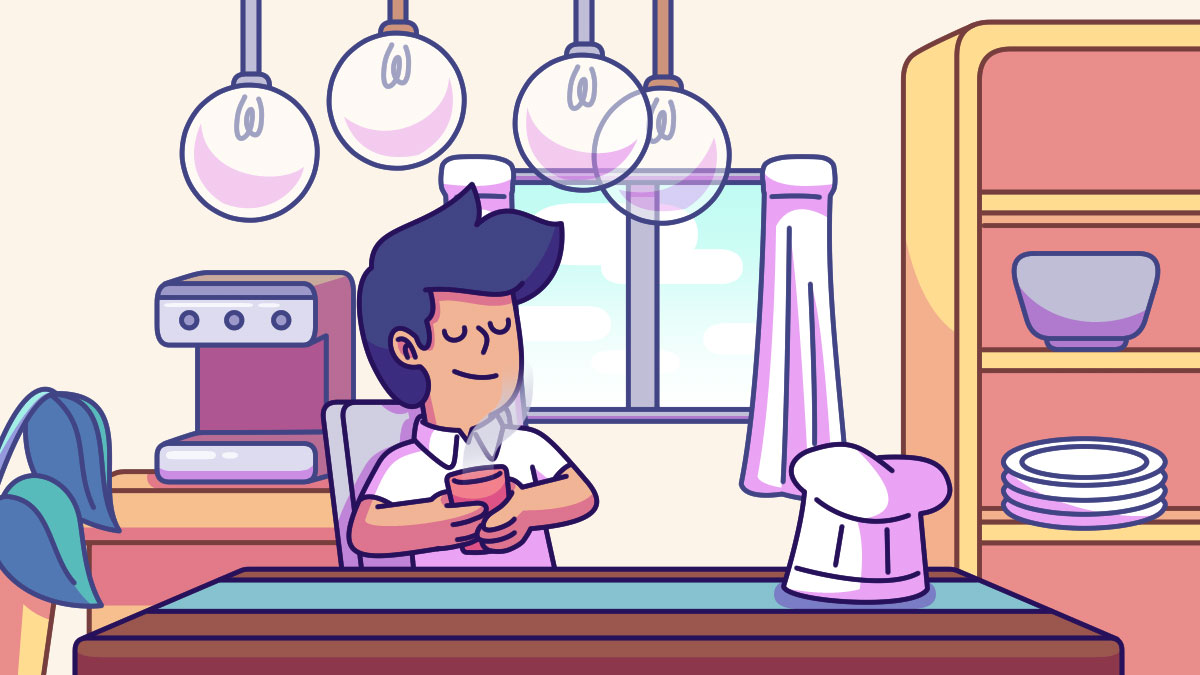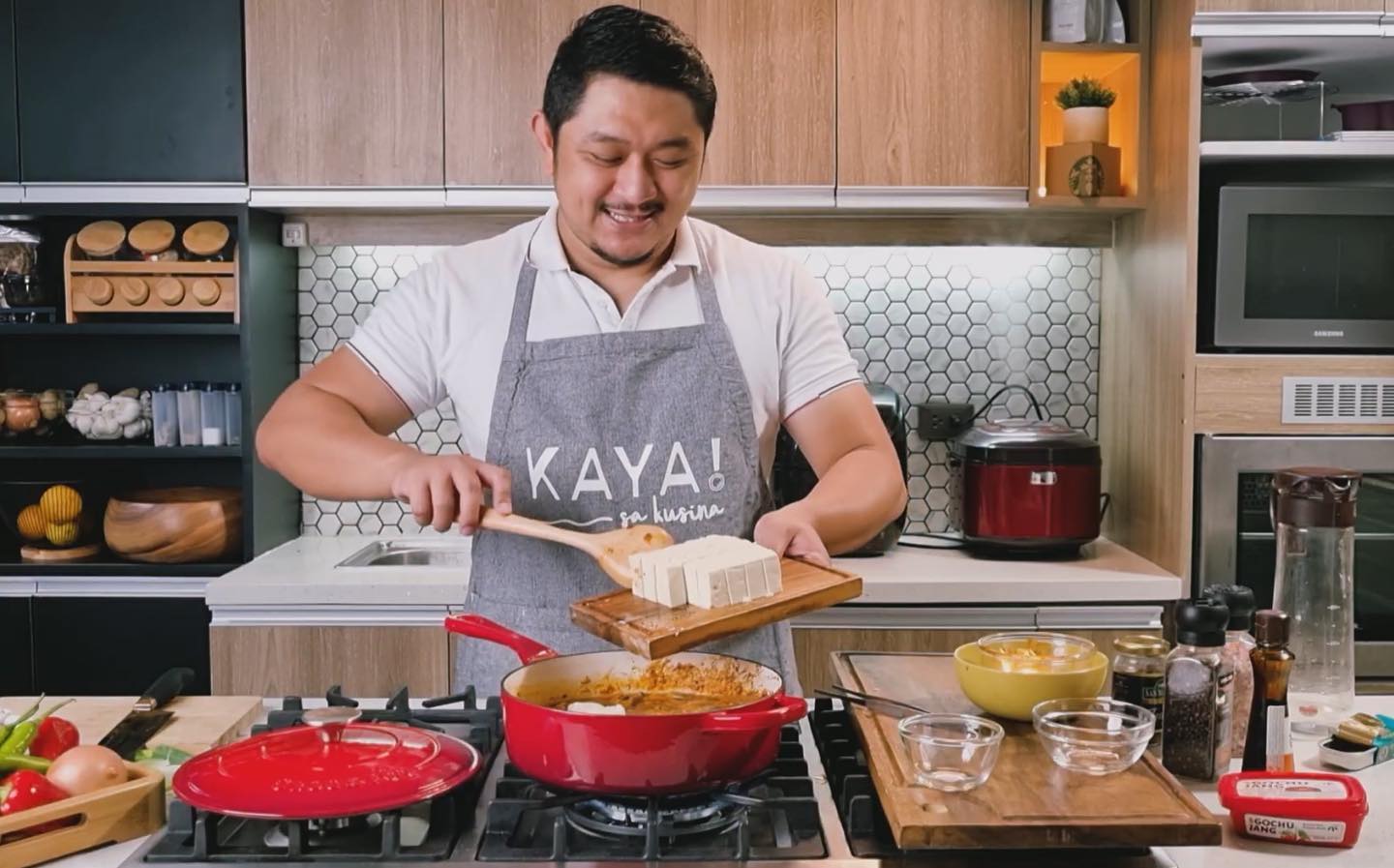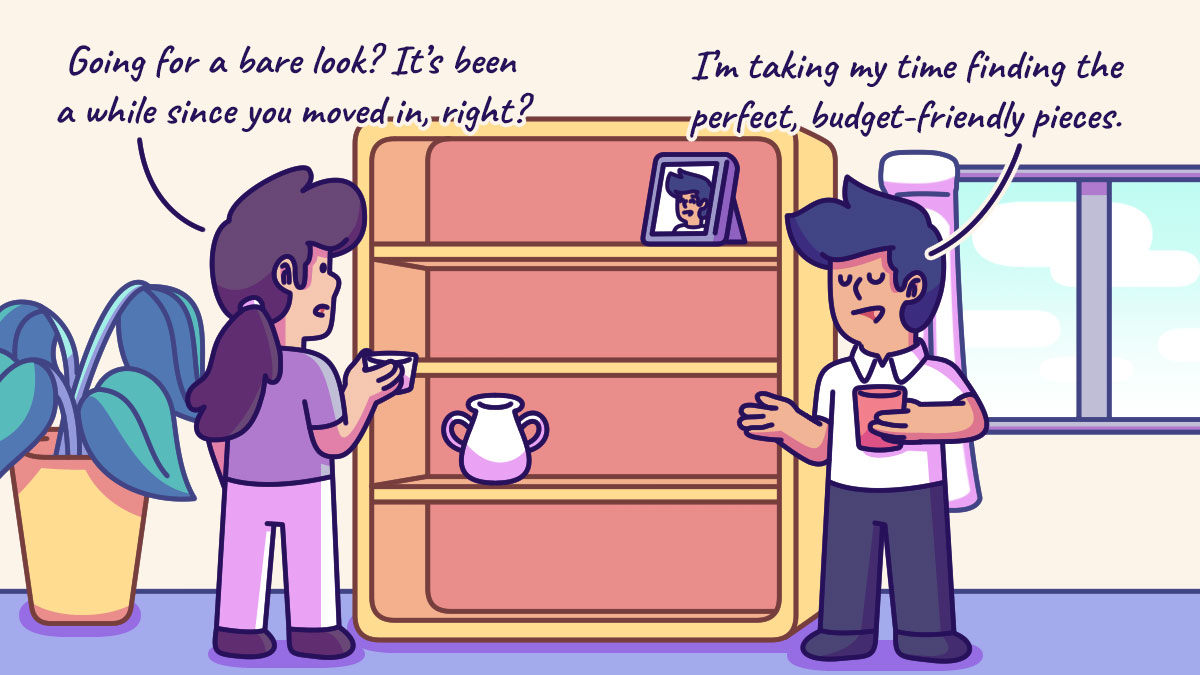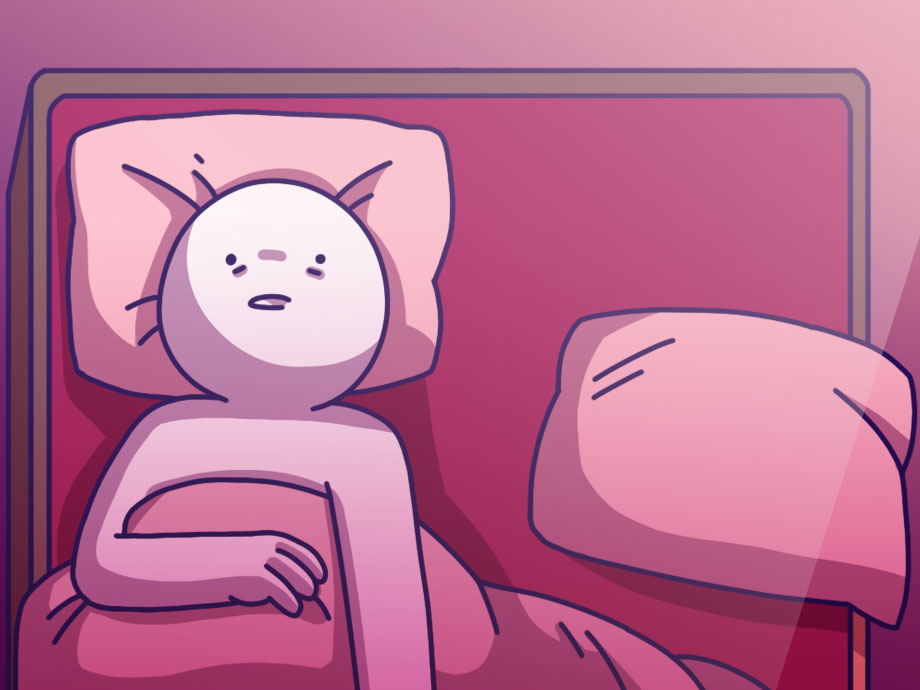Budgeting | Life | Personal Finance | Personal Stories | Article
Slow Decorating Helped Him Save ₱80,000 On His Dining Table
by Rica | November 2, 2023

For an entire year after Wado Siman had moved into his new home, friends and family would be constantly bewildered that his house was in a perpetual state of incompleteness and ask when he would finally finish decorating his 80 square-meter, three-storey home.
The reason behind this is that while most people would ensure that their home is 100% completed before they move in, Wado, who works as a chef, chose to take his time and do slow decorating instead.
Slow decorating is an interior design approach that encourages a relaxed and deliberate curation of one’s home. NY-based interior designer Amy Baratta defines it as “the process of taking your time to curate the perfect space for yourself.”
Essentially, it lets homeowners get to know their space better over time and free themselves from the pressure of having to get everything done all at once. It is also an option that’s good for the bank account.
Most people are giddy with excitement when they buy their new house. And in the process of wanting it to look perfect or “pinterest-worthy” before they move in, they often go beyond the initial budget that they set for themselves.
This was something that Wado saw happen to many friends. Hence, he decided to take a different approach when he rebuilt his old family house: slow decorating.
And it was a decision that worked out as it let him take his time to build the perfect home that reflects who he is as a person and it also helped his finances in more ways than one.
Successfully sticking to a budget
Perhaps it was because he started during the pandemic, but Wado didn’t feel the need to rush into filling every nook and cranny to create the perfect dwelling place in his newly built home. Instead, he felt like time was on his side and wanted to take as much time as was needed to spruce up his home and reach perfection.
“I slow decorated because I had the time. I spent roughly a year [decorating], says Wado.
It didn’t mean that he only thought about decorating his home when he had a spare moment. Even whilst his house was being built he had already started canvassing for items. Doing this helped him realize the cost of different items and plan accordingly.
And since he did not see the need to rush to meet a deadline, he was able to also save more towards his decorating budget. “Getting into this, everything was planned out. I even made room for over-estimation so everything was really kept within budget.”
Related
Finding good bargains
When slow decorating, Amy recommends starting with deciding on the big items in your home as they will serve as your “anchor pieces” in holding a space together. After locking your anchor items, you can then “take your time layering in smaller items,” adds Amy.
For Wado, he knew his dining table would be an anchor piece of his home. And because he wasn’t rushing, he managed to score a good deal – a secondhand dining table made of a three-inch thick slab of quality wood for ₱70,000, down from its original ₱150,000 selling price. Though there are cheaper mass-market options, this was a piece that he believed would last much longer and pay for itself.

“I told myself that the house couldn’t do without other wood elements otherwise it’ll stick out like a sore thumb,” Wado says, after he had decided on the dining table.
“While building the house I’ve come to appreciate the age of the material used for the table, the lines that tell you how much this wood has gone through, and it’s right smack at the center of your house,” shares Wado.
Not making impulse purchases
As there was no deadline he had to meet, he could carefully consider every purchase he made and ensure every new piece of furniture added to the home was a welcome addition.
As Amy puts it, “When you purchase with intention, you have a stronger connection to the items in your home.
”This means you won’t buy anything that won’t go with your style or the look you are aiming for.
“For me, there is no room for making impulse purchases in slow decorating,” says Wado, adding, “I make sure I like the options I have, and all those would definitely work and be cohesive with the house set-up.
“If an item is cheap, does it mean I’ll get it? No, because it makes no sense. Another thing is that I feel uneasy when something feels displaced inside the house. It’s like I couldn’t sleep until I replaced it with something more fitting. So I definitely will not spend on something I do not like.”
Related
Spending less through intentional shopping
Often when you give yourself a deadline to complete your home so that you can move in, it can result in many unfortunate decisions, such as purchasing a whole list of items based on your mood boards, only to discover that they didn’t work together or weren’t practical.
For Wado, decorating is all about functionality. “If something doesn’t serve a purpose, I wouldn’t want to keep it,” he says.

Thus he crafted his budget with this intention in mind, making sure that every piece would have a purpose. “Most of the budget went to the kitchen because I wanted to invest in really good kitchen appliances and equipment. I want a really nice oven, I want a nice refrigerator, I want a really good stove top, I want an exhaust. And I want the kitchen to be somewhat like a show kitchen where it’s like I am performing whenever I am cooking.”
Guided by this intention, Wado is happy to say he’s come to appreciate slow decorating as it “made me really think of every purchase I made to make sure I have no useless item at home.”
“Decorating a house doesn’t have to be necessarily expensive, you just need to know where to look. But more than making it beautiful, you have to make your house very homey.”



















